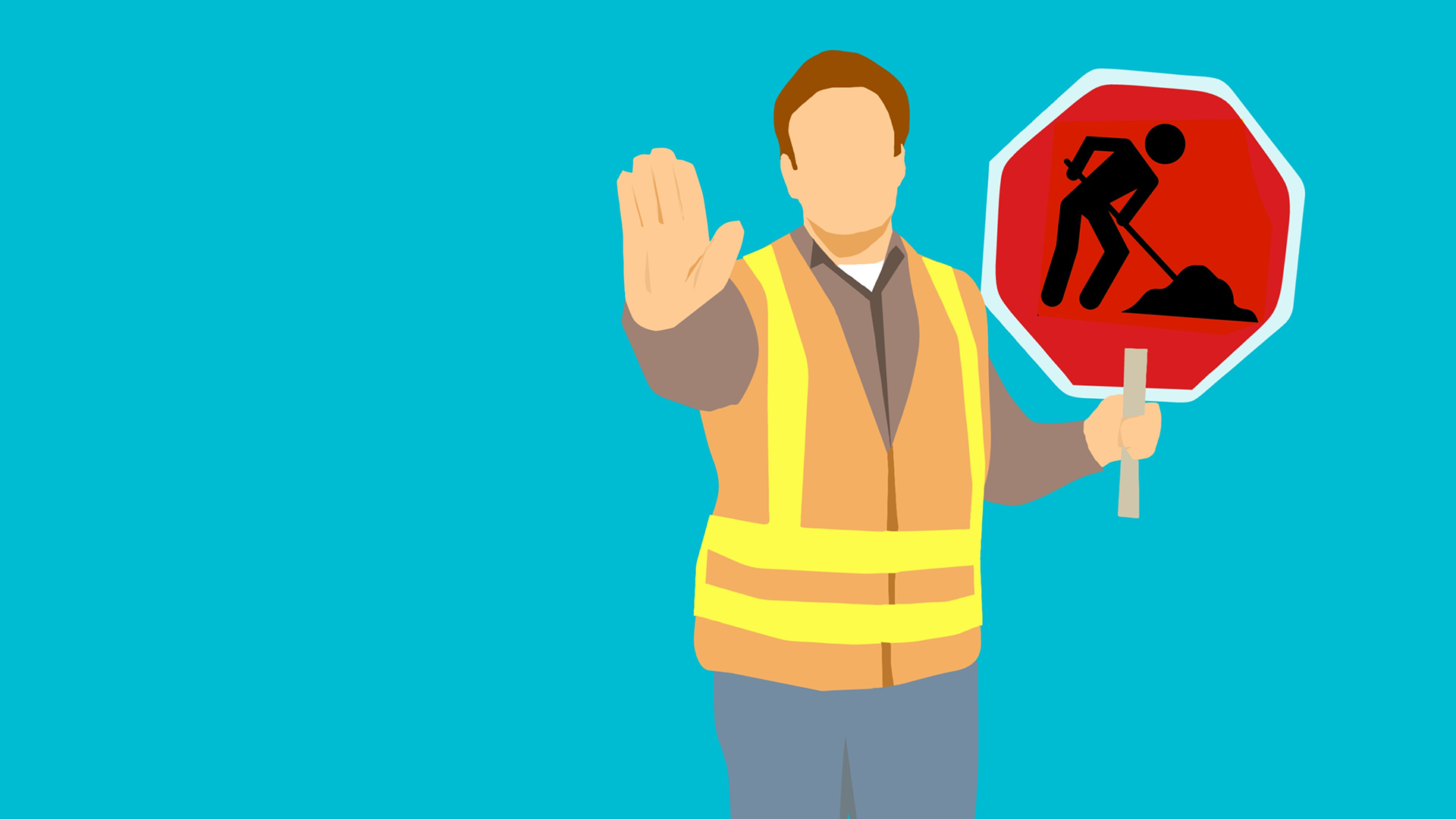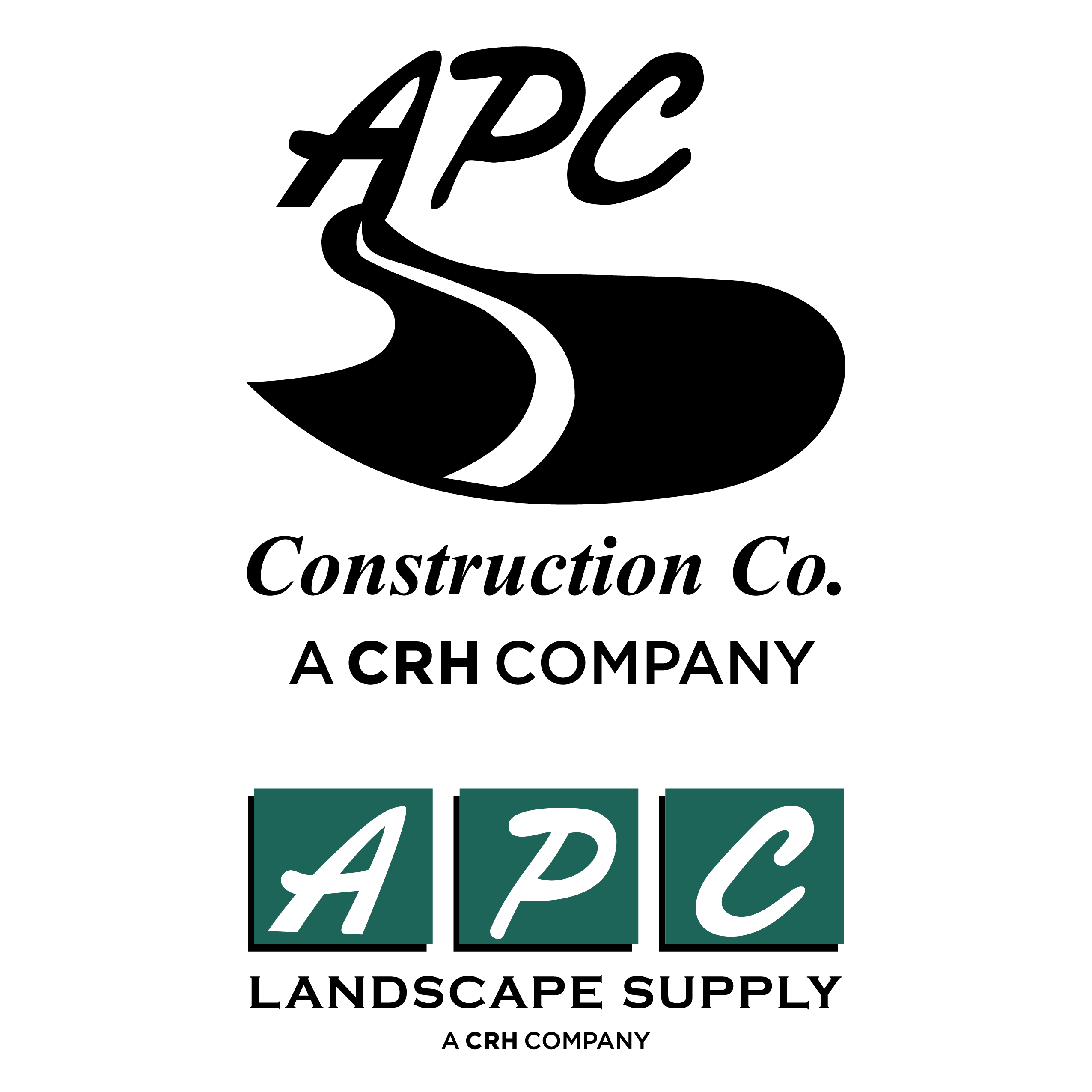A Closer Look at Work Zone Awareness: The Role of Technology in Ensuring Road Safety
May 9, 2023
 In recent years, work zone safety has been a major concern for governments, road authorities, and construction companies. With an increasing number of infrastructure projects underway, it is essential that we prioritize safety in these work zones. In this blog post, we will take a closer look at work zone awareness and the role technology can play in ensuring road safety.
In recent years, work zone safety has been a major concern for governments, road authorities, and construction companies. With an increasing number of infrastructure projects underway, it is essential that we prioritize safety in these work zones. In this blog post, we will take a closer look at work zone awareness and the role technology can play in ensuring road safety.
Work zones, also known as construction zones, are areas where road construction or maintenance work is in progress. They can be found on highways, city streets, or local roads. They often have reduced speed limits and may require drivers to navigate through various traffic patterns, detours, or lane closures. This can lead to a higher risk of accidents, with work zone crashes accounting for over 700 fatalities and 40,000 injuries in the United States alone in 2019.
Technology has come a long way in recent years and has the potential to significantly improve work zone safety. There are several ways that technology can be utilized to reduce accidents, enhance communication between workers and drivers, and help create safer work environments for those on-site.
Real-time data and analytics
One of the most powerful ways technologies can be used to improve work zone safety is through real-time data collection and analytics. Sensors, cameras, and other devices can collect information on traffic conditions, weather, and other factors that impact work zone safety. This data can then be analyzed and used to make informed decisions about road closures, detours, and other safety measures. For instance, if data shows that a particular work zone has a high number of near misses or collisions, authorities can take steps to address the problem, such as increasing signage, adjusting traffic patterns, or implementing other safety measures.
Connected work zones
Connected work zones use technology to improve communication between construction workers, motorists, and other stakeholders. For example, smart work zone systems can use sensors and cameras to monitor traffic conditions and relay this information to roadside electronic message signs, providing real-time information about work zone conditions to drivers. This can help reduce the likelihood of accidents by giving drivers advance notice of lane closures, speed limit changes, and other potential hazards.
Autonomous and connected vehicles
Autonomous and connected vehicles can also play a role in work zone safety. These vehicles can communicate with each other and infrastructure, allowing for better coordination and reduced risk of accidents. For example, if an autonomous vehicle detects a sudden slowdown ahead due to a work zone, it can relay this information to other vehicles in the vicinity, allowing them to adjust their speed accordingly.
Wearable technology for workers
Wearable technology can help improve safety for workers in work zones by providing them with real-time information and alerts. For example, wearable devices can monitor workers’ vital signs and alert them if they are at risk of heat stroke or other health issues. Additionally, these devices can be equipped with GPS and communication capabilities, allowing workers to quickly report hazards or request assistance in case of an emergency.
Virtual reality training
Virtual reality (VR) training can help workers and drivers better understand work zone safety protocols and hazards. By immersing trainees in realistic, interactive simulations, VR training can provide a safe environment for workers to practice their skills and learn how to respond to various work zone scenarios.
At APC Construction, we understand that technology has the potential to greatly improve work zone safety by providing real-time data, enhancing communication, and offering innovative solutions for training and worker safety. As infrastructure projects continue to grow in number and complexity, it is crucial that we continue to invest in and embrace these technologies to help ensure the safety of our roads and those who work on them.

